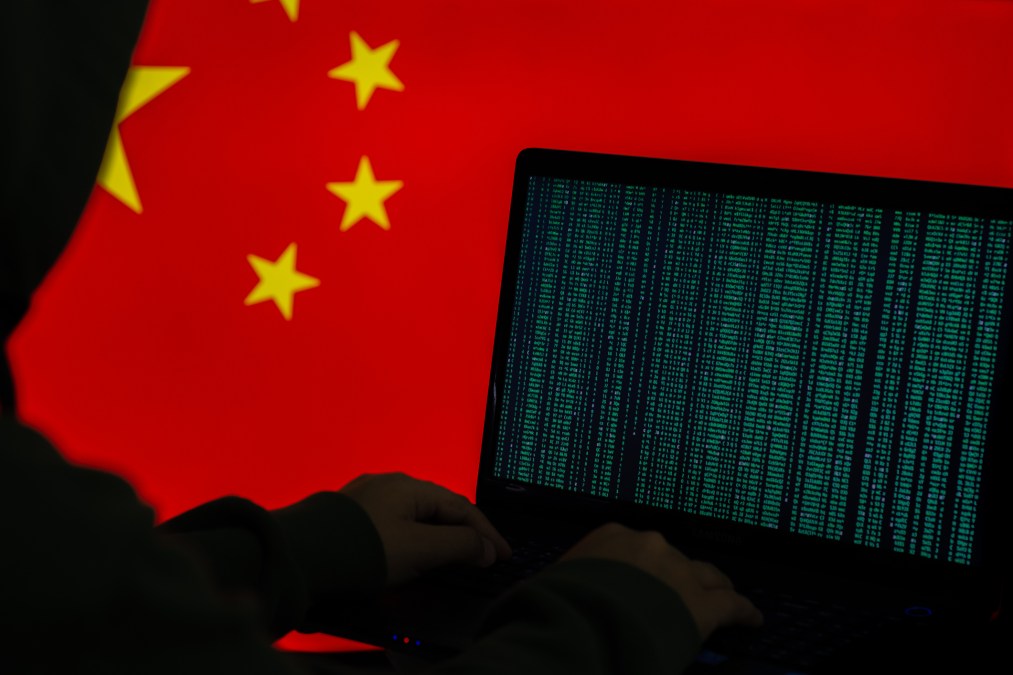The FBI has disrupted a group of Chinese hackers who were working for the Chinese government to breach vital infrastructure in the United States and other nations, as well as spy on and steal data from colleges, government organizations, and others, Director Chris Wray announced on Wednesday.
Flax Typhoon, a hacking campaign, placed malicious software on thousands of internet-connected devices, including cameras, video recorders, and home and office routers, resulting in a vast botnet, or network of compromised computers.
“Flax Typhoon’s actions caused real harm to its victims, who had to devote precious time to clean up the mess when they discovered the malware,” Wray stated at the Aspen Cyber Summit.
The FBI and Justice Department, which acquired a warrant to confiscate the botnet’s infrastructure, did not name any of the targets, but did state that they included universities, government agencies, telecommunications companies, media organizations, and NGOs organizations. Wray added that half of the hijacked devices were situated in the United States.
READ MORE: Concerns Over Chinese Self-Driving Car Technology Are Growing
“This was another successful disruption, but make no mistake — it’s just one round in a much longer fight,” Wray tweeted. “The Chinese government is going to continue to target your organizations and our critical infrastructure, either by their own hand or concealed through their proxies, and we’ll continue to work with our partners to identify their malicious activity, disrupt their hacking campaigns, and bring them to light.”

Flax Typhoon was highlighted in a Microsoft study in August 2023, which stated that the gang has increased its targeting of Taiwanese organizations and government entities in other nations.
The disruption came nine months after Wray told Congress about a separate takedown of a Chinese state-sponsored hacking group known as Volt Typhoon, in which hackers hijacked U.S.-based small office and home routers owned by private citizens and businesses to hide their tracks while spreading malware. Their final goals included water treatment facilities, the electrical grid, and transportation infrastructure throughout the United States.
Radiant TV, offering to elevate your entertainment game! Movies, TV series, exclusive interviews, music, and more—download now on various devices, including iPhones, Androids, smart TVs, Apple TV, Fire Stick, and more.


